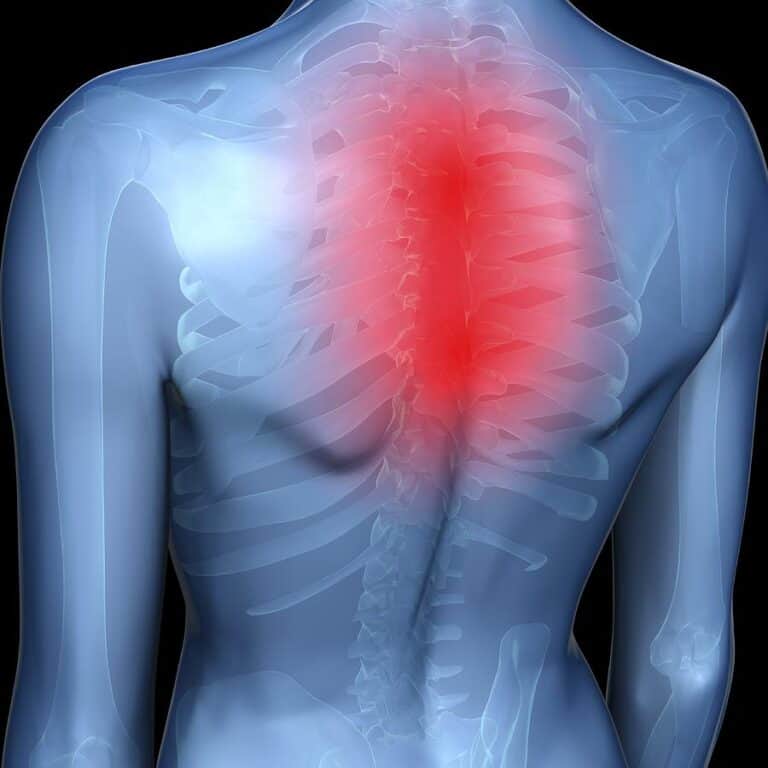Back pain is a common ailment that affects nearly 80% of Americans at some point in their lives. While its causes vary from injuries to congenital conditions like scoliosis, there are numerous ways to manage and prevent it, ensuring a better quality of life.

Many assume that back pain is often linked to kidney issues. However, most of the time, it’s more related to muscle or spine problems. Kidney-related back pain typically manifests higher in the back and is accompanied by symptoms like fever and intense pain waves, differentiating it from the usual steady ache of common back pain.
One of the keys to managing back pain is understanding the importance of posture. Good posture not only improves appearance but also reduces the chances of developing upper or lower back pain. Regular physical activity, especially exercises tailored to strengthen the back muscles, can offer significant relief. This can be supplemented with safe lifting techniques and both hot and cold compresses.
For those seeking medicinal relief, over-the-counter medications, like acetaminophen, can help. Although its benefits might be limited for some, it’s still worth considering. Choosing the right medication and using it correctly is vital.
In cases where the pain emanates from a ruptured disc, it tends to strike suddenly. This type of pain usually intensifies when sitting and might decrease upon standing or walking. As with general back pain, initial treatment often starts with over-the-counter pain medications and appropriate exercises. It’s essential to understand that standing and moving can ease the pressure on the disc, providing relief.
Yoga has become a popular method to treat and manage back pain. By reinforcing back muscles, yoga can alleviate lower back pain. But caution is advised, especially for older adults, as they may be more prone to injuries. To safely benefit from yoga, it’s crucial to take preventive measures. Proper techniques and precautions can ensure that yoga serves as a healing practice rather than a source of additional pain.
Lastly, while you can’t change inherent risk factors like genes, age, or gender, you can modify your lifestyle to reduce back pain or cope with it more efficiently. Lifestyle changes, including better posture, can make a significant difference.
In conclusion, while back pain might seem inevitable for many, there are numerous strategies, treatments, and preventive measures available to help manage and reduce its impact on daily life.


